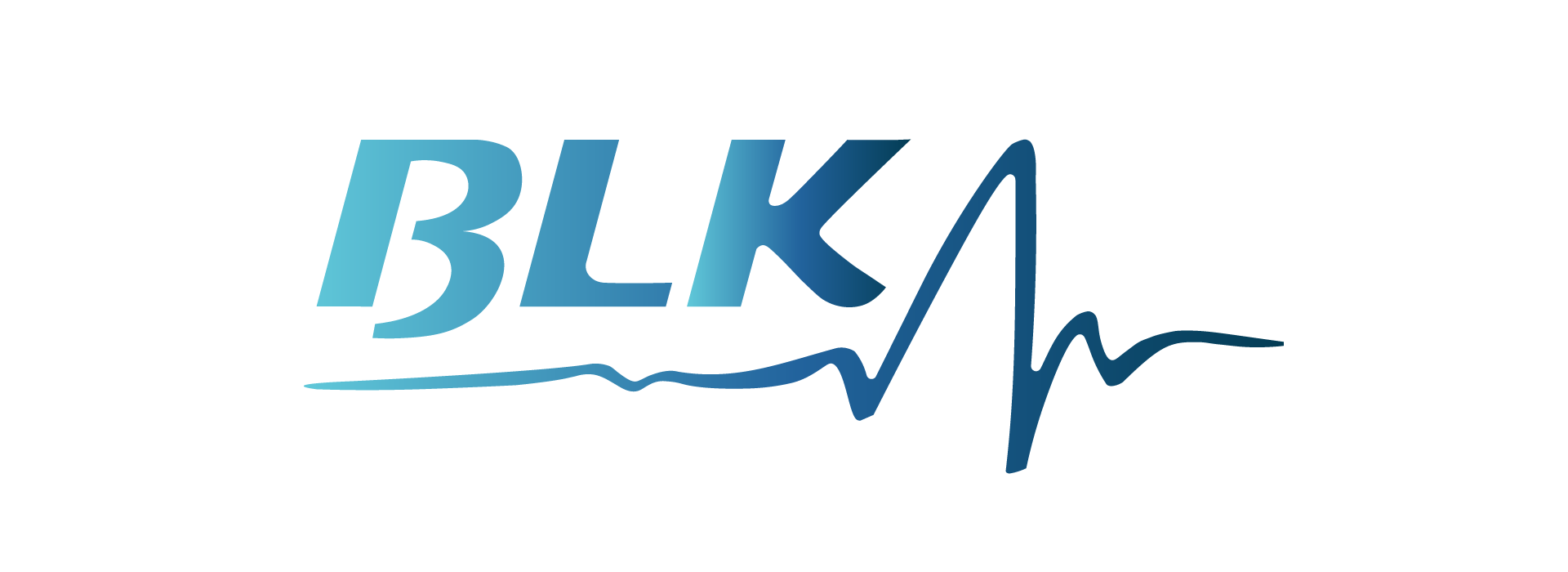Embedded insurance is transforming how consumers and businesses interact with coverage—especially in the health insurance space. Instead of purchasing insurance separately, individuals can now access it as part of a product or service. For small businesses, especially those managing limited resources, this model presents an efficient, cost-effective way to offer health coverage while streamlining claims administration.
Small Business Health Coverage Landscape
Challenges in Traditional Claims Processing
Small businesses often face cumbersome administrative processes when managing health insurance claims. Manual paperwork, limited HR staff, and complex claim procedures can delay reimbursements and cause frustration for employees.
Why Small Businesses Need a Change
Rising premiums, compliance concerns, and employee expectations have made it clear: traditional health insurance models no longer serve small businesses effectively. Embedded insurance offers an agile solution—automated, digitized, and easier to manage.
How Embedded Insurance Works
Integration with Digital Platforms
Embedded insurance is built into platforms businesses already use—like HR software, payroll systems, and employee benefit portals. When employees onboard, health coverage is included automatically, creating a seamless experience from the start.
Real-Time Enrollment and Claims Initiation
These platforms allow for real-time claims reporting. Employees can initiate claims directly from an app or dashboard, eliminating the need for paper forms or back-and-forth emails.
Impact on Claims Administration Workflows
Automation and Smart Processing
With APIs and AI tools, claims administration becomes largely automated. Claims can be verified, processed, and approved in hours, not weeks. For small businesses, this reduces workload and ensures compliance.
Reduced Paperwork and Manual Oversight
The embedded model relies on digital documentation, pre-filled forms, and real-time status updates. This streamlines operations and reduces administrative errors.
Improved Transparency and Tracking
Employees and admin teams can track claims in real-time, improving satisfaction and trust in the process. The transparency also simplifies audits and reviews.
The Evolving Role of TPAs in Embedded Insurance
What Are TPAs and Why Are They Important?
Third-Party Administrators (TPAs) manage claims and benefits on behalf of insurers and employers. In traditional setups, they handle claims validation, processing, and customer service.
Adapting TPA Functions to Embedded Health Models
With embedded insurance, TPAs must evolve from reactive processors to proactive digital partners. They now integrate with digital platforms, using real-time data to facilitate faster and more accurate claims decisions.
TPA Benefits for Small Business Claims Admin
TPAs bring cost-efficiency and industry expertise. For small businesses, outsourcing to a tech-savvy TPA ensures compliance, faster payouts, and minimized internal overhead.
Tech Partnerships Between TPAs and Embedded Platforms
Modern TPAs are building integrations with HR systems, embedded policy APIs, and AI tools. These partnerships ensure that the claims process remains smooth, scalable, and transparent.
Challenges in Transitioning to Embedded Models
Integration with Legacy Systems
Many small businesses still use outdated HR and payroll systems that aren’t compatible with embedded insurance models. Upgrading systems can require time and capital investment.
Data Privacy and Compliance Risks
Embedded insurance platforms must comply with HIPAA, GDPR, and other regulations. Ensuring secure data exchange and storage is critical for small businesses, especially those handling sensitive health data.
Key Tools and Technologies for Smooth Claims Transition
API-Driven Claims Platforms
Modern embedded systems rely on open APIs, enabling real-time claims tracking and integration with payroll and HR systems. This modularity allows businesses to plug into insurance services without revamping their core software.
Role of AI and Machine Learning
AI algorithms flag suspicious claims, auto-approve common claims, and identify coverage eligibility instantly. For small businesses, this results in fewer manual checks and faster decision-making.
Strategic Benefits for Small Businesses
Lower Costs and Time Savings
Embedded insurance reduces the need for full-time HR staff to manage benefits. Automation leads to lower costs and improved efficiency across the board.
Improved Employee Satisfaction
Employees enjoy faster processing times, fewer errors, and better transparency. This directly impacts morale, retention, and productivity.
Conclusion
As small businesses seek simplicity, savings, and speed, embedded insurance offers a timely solution. By digitizing claims administration, integrating TPAs, and automating workflows, these models enable businesses to focus on what matters most: their people and growth. While some hurdles exist in transitioning to embedded systems, the long-term benefits make it a worthwhile investment for the future.
FAQ
What is embedded insurance and how does it work?
Embedded insurance integrates coverage into a product or service. For small businesses, it means health insurance is included in platforms like payroll or HR software, allowing automatic enrollment and claims processing.
Is embedded insurance suitable for very small teams (under 10 employees)?
Yes, embedded insurance is often tailored for small teams. Its automated processes and scalable design make it ideal for businesses with limited HR resources.
Can embedded insurance be used alongside traditional plans?
Yes, many small businesses use embedded insurance to supplement existing plans or to cover part-time/freelance workers.




